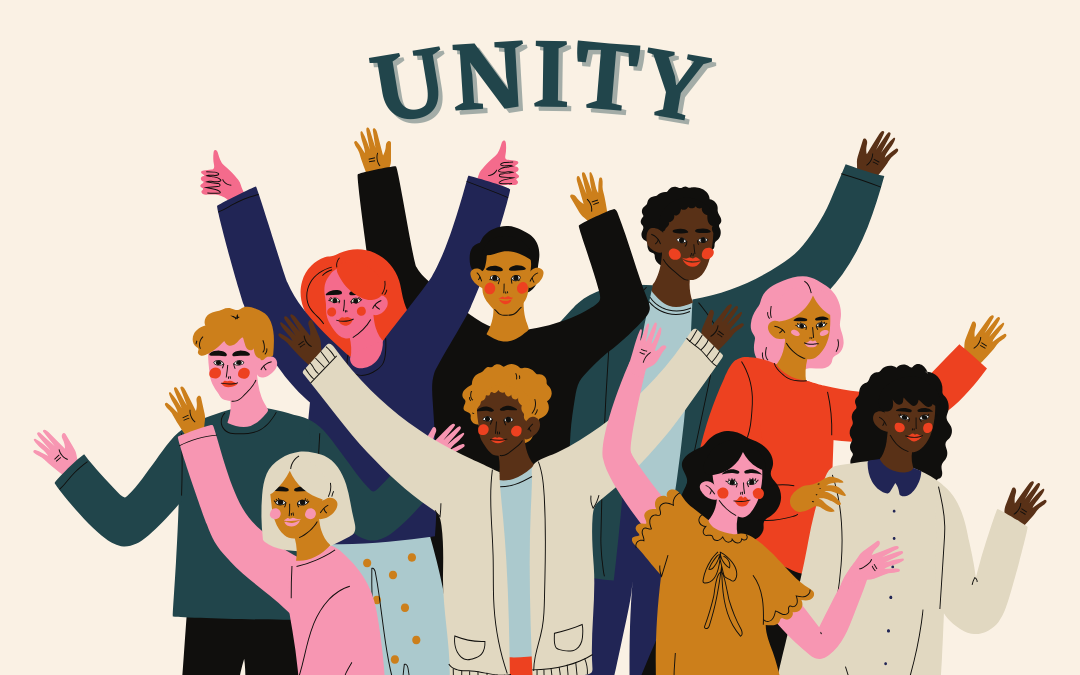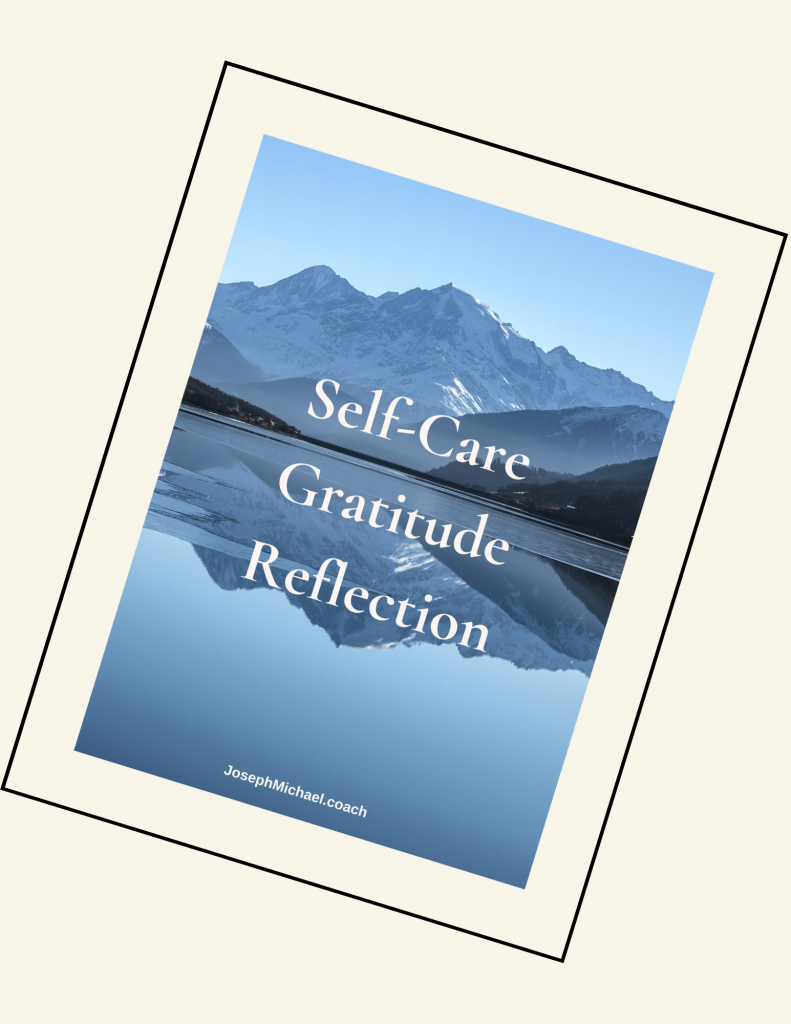
Self-awareness: A Balancing Force Helping Parents
Self-awareness is a powerful tool for parents, one that can ensure their love for their children is balanced and healthy. When cultivated, it is a practice that can help parents recognize and address their fears and expectations, ensuring they do not inadvertently pass them on to their children. The role of self-awareness in parenting is a delicate and often underrated dance. It requires parents to be honest with themselves, recognize their flaws and strengths, and understand how their past experiences and emotions may impact their parenting.
For example, a parent who experienced a traumatic event in their childhood may, without self-awareness, inadvertently raise their child in an overly protective manner rooted in fear and anxiety. Similarly, a parent with high expectations of their child’s academic performance may, without self-reflection, push their child too hard, causing stress and a potential negative impact on the child’s mental health.
Self-awareness becomes a balancing force here, helping parents recognize and address these potential pitfalls. By practicing self-awareness, parents can create a safe and supportive environment for their children to grow and develop. It also allows parents to recognize when their fears and expectations cloud their judgment and enables them to make more balanced decisions.
For instance, a self-aware parent may recognize when their fear of failure influences their reaction to their child’s grades. They can then take a step back, address their own fears, and respond to their child from a place of love and support rather than anxiety and expectation. This practice also helps parents recognize their children’s unique strengths and personalities, allowing them to parent each child individually rather than through a one-size-fits-all approach.

Self-awareness is a journey, and it requires dedication and courage to face one’s own flaws and fears. It is an ongoing process; parents should be kind to themselves as they navigate this path.
The rewards, however, are immense, as self-awareness has the power to transform parental love and the overall family dynamic, creating a healthier and more supportive environment for all.
Balancing Parenting with the Four C’s of Successful Families
Nurturing children requires a skillful blend of affection, direction, and granting them the autonomy to blossom into their unique identities. The cornerstone of thriving families rests upon four essential pillars: clear expectations, open dialogue, unwavering discipline, and strong social connections. This robust framework empowers parents to confidently guide their children’s development, circumventing the potential hazards of overbearing protection, excessive leniency, or imposing unattainable goals. By embracing these principles, parents foster a supportive environment that cultivates their children’s potential and ensures their well-being.
The Four C’s of Successful Families act as guiding stars, illuminating the way toward a harmonious and loving family dynamic.
-
-
- Clarity, the first of these guiding lights, shines a beacon on a parent’s inner truth. Through clarity, parents can discern their authentic emotions and motivations, recognizing how their past experiences shape their present reactions. This self-knowledge empowers them to make conscious choices, ensuring their fears and expectations don’t cloud their judgment.
- Communication, the second C, acts as a bridge, connecting parents to their children and to themselves. When parents communicate openly and honestly with their children, they create a safe space for their little ones to express their thoughts and feelings. This open dialogue fosters trust and understanding, allowing parents to tailor their parenting approach to each child’s unique needs and strengths.
- Consistency, the steadfast third C, provides the foundation for a stable and secure family environment. By maintaining consistent routines and boundaries, parents offer their children a sense of predictability and safety. This consistency also extends to the parents themselves, as they consistently practice self-awareness, regularly checking in with their emotions and adjusting their behaviors accordingly.
- Community, the final C, expands the circle of support beyond the immediate family unit. By cultivating a community of like-minded parents and supportive individuals, parents can seek guidance, share experiences, and learn from one another. This sense of connection and shared wisdom reinforces a parent’s self-awareness journey, providing a network of encouragement and fresh perspectives.
-
Together, the Four C’s empower parents to navigate the intricate dance of self-awareness with grace and confidence. They provide a framework for parents to transform their love into a balanced force, nurturing their children’s growth and helping them blossom into their true selves. It is a challenging yet rewarding journey, and with the Four C’s as their compass, parents can find the wisdom and courage to create a thriving family dynamic.
Joe is a husband, father, grandfather, author, speaker, educator, course creator, and parent/family coach.
He helps parents develop unity, find clarity, communicate, and develop consistency in their parenting with the Four C’s of Successful Families. You can find his work on social media.
In addition, the Four C’s newsletter is enjoyed by many as it encourages parents to self-care, build their relationships with their partners, and raise their children.
And he loves to golf!







